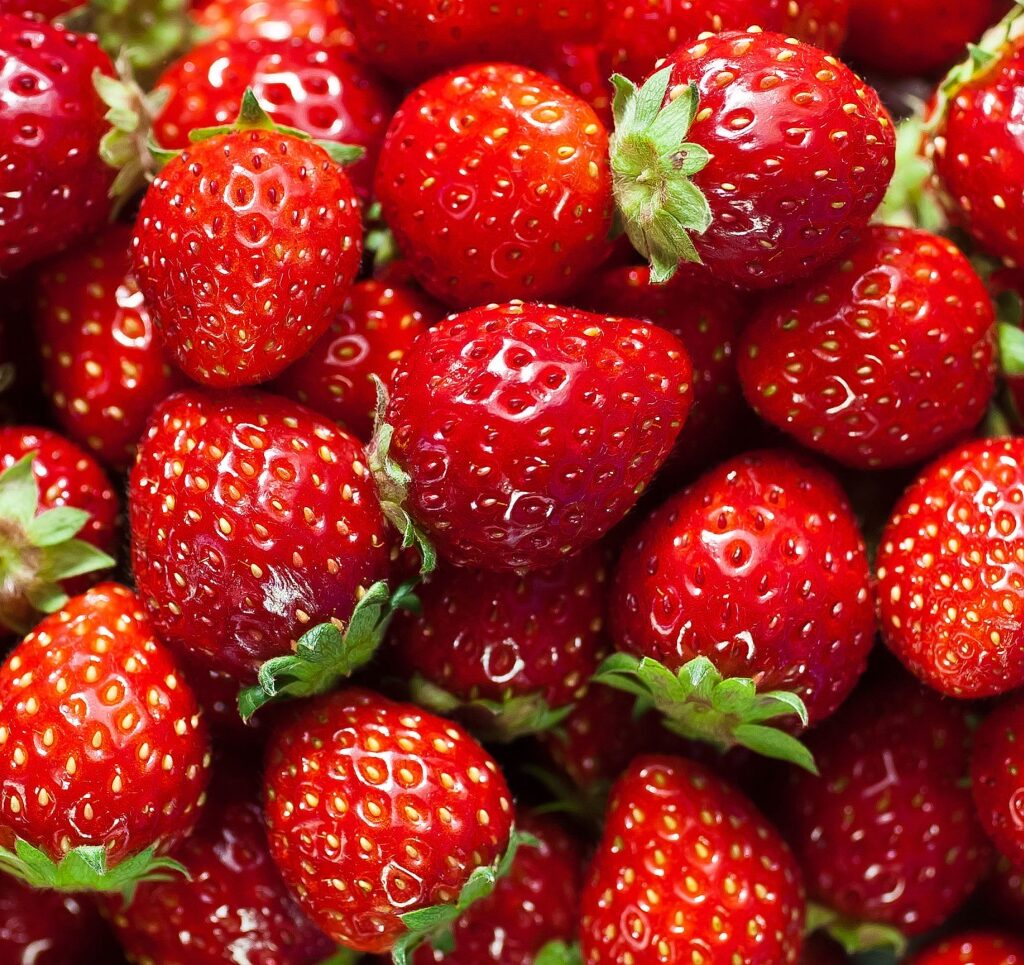Strawberries are one of the most popular fruits worldwide — loved for their bright red color, sweet flavor, and exceptional nutritional value. Rich in antioxidants, vitamin C, and fiber, strawberries are enjoyed fresh, frozen, in jams, desserts, and countless other culinary delights. As global demand for this luscious berry grows, so too does the international trade in strawberries. But which country leads the world in strawberry imports?
In this comprehensive article, we’ll explore which nation tops the list for strawberry imports, why its demand is so high, which countries it imports from, and how the global strawberry trade is evolving.
The Global Strawberry Trade at a Glance

Strawberries have become a truly global commodity. According to the latest data from the Food and Agriculture Organization (FAO) and international trade reports, the global strawberry import market is valued at over $4 billion USD annually, with both fresh and frozen categories contributing significantly.
Over the past decade, strawberry imports have grown consistently, driven by:
- Rising health-consciousness
- Demand for year-round supply, beyond local harvesting seasons
- Expanding middle-class markets in developing economies
- Growth in processed food industries
While many countries produce strawberries locally, few can satisfy consumer demand throughout the entire year, leading to a surge in international trade.
Which Country Is the Largest Strawberry Importer in the World?
Based on the most recent data from 2023-2024, the United States is officially the largest importer of strawberries in the world — both in terms of volume and value.
Key Figures:
- Fresh strawberry imports: Over 267,000 metric tons
- Frozen strawberry imports: Around 161,000 metric tons
- Total value: Approximately $1.53 billion USD
This places the United States far ahead of other major importers like Canada, Germany, and the United Kingdom.
Why Does the United States Import So Many Strawberries?

Even though the U.S. is one of the world’s top strawberry producers (with California alone contributing over 80% of the nation’s harvest), it still imports vast quantities each year. Here’s why:
Year-Round Demand
Strawberry production in the U.S. is highly seasonal, peaking between April and July. To maintain availability on supermarket shelves and in foodservice outlets throughout the year, the U.S. relies on imports — especially during the fall and winter months.
Off-Season Sourcing
Imports from Mexico, Peru, and Chile fill the gap during the U.S. off-season. Mexico, in particular, is a critical supplier due to its proximity, lower shipping costs, and ability to produce strawberries during U.S. winter months.
Processed & Frozen Market Growth
Strawberries are not just consumed fresh. A substantial portion is processed into frozen strawberries, purees, yogurts, jams, smoothies, and baked goods. This demand for processed products continues throughout the year, necessitating consistent imports.
Growing Health Awareness
With increasing consumer awareness about the health benefits of berries — especially their antioxidant-rich profile — strawberries have become a staple in American diets. This surge in consumption has outpaced domestic production, fueling imports.
Who Supplies Strawberries to the United States?
The U.S. primarily imports strawberries from:
- Mexico: The leading supplier, accounting for over 80% of fresh strawberry imports. Its climate and close proximity make it an ideal source.
- Canada: Supplies strawberries mainly to northern U.S. states, especially during its peak season.
- Chile and Peru: Important for off-season supply, particularly for frozen and processed strawberries.
This supply chain allows the U.S. to offer fresh strawberries nearly 12 months a year — a remarkable feat given the crop’s natural seasonality.
Germany: Europe’s Leading Strawberry Importer

While the U.S. dominates globally, Germany is Europe’s largest importer of strawberries.
Germany’s 2023 Import Stats:
- Fresh strawberry imports: Around 114,000 metric tons
- Frozen strawberry imports: Over 82,000 metric tons
- Total value: Approximately $485 million USD
Germany imports strawberries primarily from:
- Spain
- Poland
- Netherlands
- Morocco
- Belgium
Germany has a strong culture of berry consumption, with strawberries being a favorite fruit for desserts, yogurts, and preserves. The country also has a short domestic growing season, which makes imports essential for meeting year-round demand.
United Kingdom: Consistent Demand for Premium Berries
The United Kingdom is another significant strawberry importer.
UK’s 2023 Import Stats:
- Fresh strawberry imports: Approx. 58,000 metric tons
- Total value: Around $288 million USD
The UK primarily sources strawberries from:
- Spain
- Morocco
- The Netherlands
- Egypt
While the UK produces strawberries locally, imports are crucial during the colder months and for premium varieties that are not commonly grown in Britain.
Global Import Trends: Rising Consumption & Off-Season Markets

Several factors continue to shape the international strawberry trade:
Rising Consumption
Strawberry consumption has steadily increased, not only in traditional markets like the U.S. and Europe but also in Asia, the Middle East, and Latin America.
Organic and Premium Varieties
The demand for organic, pesticide-free, and specialty strawberry varieties is on the rise, particularly in health-focused markets like the U.S., Germany, and the UK.
Growth in Processed Strawberry Imports
Frozen and processed strawberry imports are growing at a faster rate than fresh imports. These are widely used in:
- Dairy products (yogurts, ice creams)
- Baked goods
- Smoothies
- Jams and preserves
Summary Table: World’s Top Strawberry Importers (2023-2024)
| Country | Fresh Imports (MT) | Frozen Imports (MT) | Total Value (USD) |
|---|---|---|---|
| United States | 267,000 | 161,000 | $1.53 billion |
| Germany | 114,000 | 82,000 | $485 million |
| Canada | 108,000 | 37,000 | $520 million |
| United Kingdom | 58,000 | 12,000 | $288 million |
| France | 54,000 | 63,000 | $302 million |
Final Thoughts

To summarize:
- The United States is the world’s largest importer of strawberries, both by volume and value.
- Mexico is the U.S.’s primary supplier, capitalizing on off-season demand and close proximity.
- In Europe, Germany holds the top spot for both fresh and frozen strawberry imports.
- Rising consumer demand, health trends, and the need for year-round availability are the main forces driving this dynamic global market.
Strawberries may have once been a seasonal luxury, but today — thanks to international trade and globalized agriculture — they’re an everyday indulgence available in supermarkets worldwide, 12 months a year.
Would you like me to prepare an SEO-optimized title, meta description, or infographic design to complement this article too? I’d be happy to assist!Tools





Leave A Comment